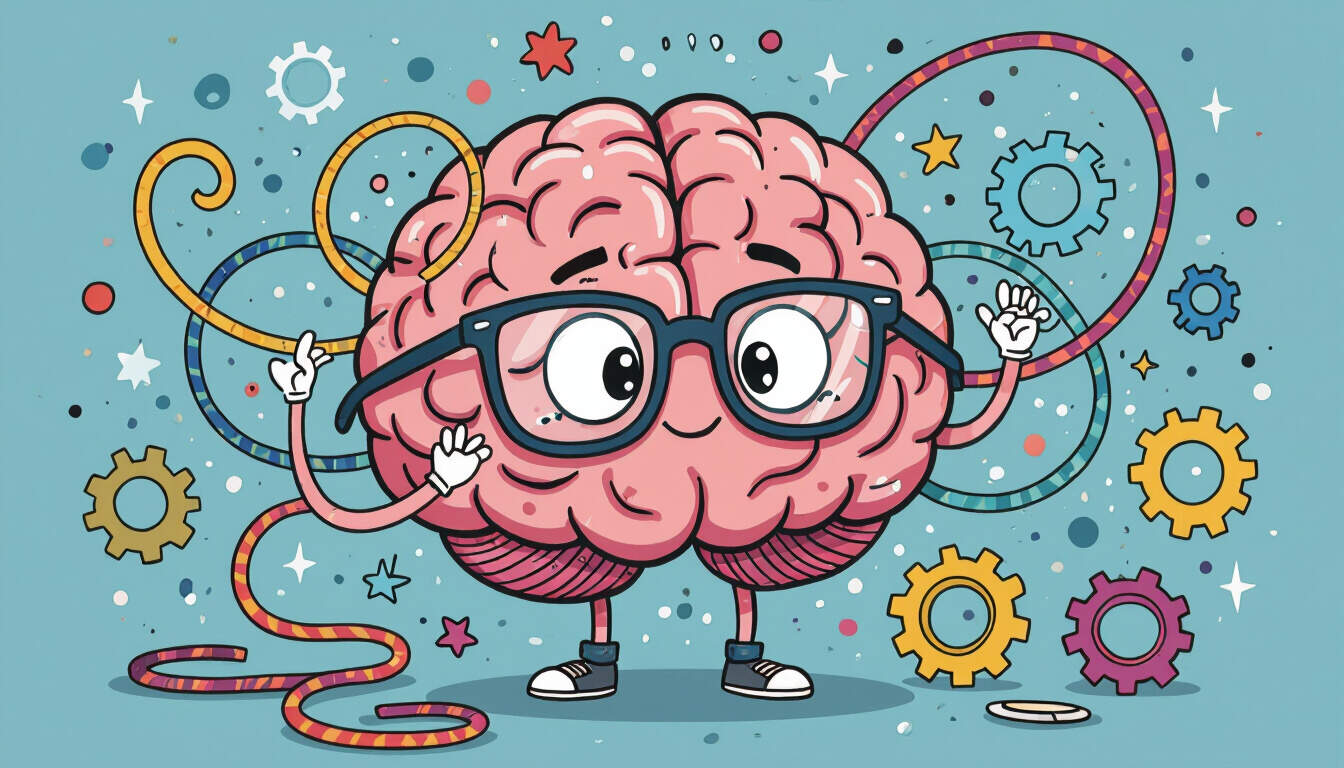In-Depth Scenario Analysis and Its Connections to Second-Order Thinking and Feedback Loops
 by Max Miller
by Max Miller
Explore how in-depth scenario analysis enhances decision-making through second-order thinking and feedback loops. This approach helps identify long-term outcomes and system dynamics, offering tools for better cognitive processes in various fields.

In-depth scenario analysis serves as a key tool for examining potential futures and their implications. This method involves exploring various possibilities to anticipate outcomes beyond immediate effects. Second-order thinking plays a crucial role here, as it encourages looking at the consequences that follow initial actions.
To begin, consider how scenarios are built. Analysts create detailed narratives based on current trends and variables. These stories help reveal patterns that might otherwise remain hidden. For instance, in business settings, planners use this to assess market shifts. Feedback loops add another layer, showing how changes can amplify or dampen effects over time.
The Basics of Second-Order Thinking
Second-order thinking goes beyond surface-level reactions. It requires considering the ripple effects of decisions. In scenario analysis, this means evaluating not just the first outcome, but also subsequent ones. For example, a policy change in education might improve short-term test scores, but could lead to reduced creativity if not balanced properly.
Professionals in fields like finance apply this daily. They forecast economic shifts and their broader impacts. Students studying systems can benefit by applying second-order thinking to case studies, fostering deeper insights into real-world problems. This approach builds skills for personal growth, encouraging individuals to question assumptions and refine strategies.
Understanding Feedback Loops in Scenarios
Feedback loops are cycles where an output feeds back into the system, either reinforcing or countering the original input. In scenario analysis, recognizing these loops helps predict stability or change. Positive loops might accelerate growth, such as when increased investment leads to more innovation and further investment.
Negative loops, on the other hand, create balance. For example, in environmental planning, overfishing might deplete stocks, prompting regulations that allow recovery. This dynamic is essential for cognitive processes, as it teaches how actions interconnect within larger systems.
In personal development, feedback loops appear in habit formation. Regular exercise might boost energy, leading to better routines and sustained health. Curious individuals can use scenario analysis to map these loops, turning abstract ideas into practical plans.
Integrating These Concepts
Combining second-order thinking with feedback loops strengthens scenario analysis. This integration allows for more accurate predictions and adaptive strategies. In professional environments, teams use it to simulate market responses and adjust tactics accordingly.
For students, exercises involving these elements develop critical analysis skills. They might examine historical events, tracing how initial decisions created loops that shaped outcomes. This not only aids academic success but also prepares for career challenges.
One effective way to apply this is through group discussions. Participants outline scenarios, identify potential loops, and debate second-order effects. Such activities promote collaboration and deeper learning.
Practical Applications
In various contexts, in-depth scenario analysis proves invaluable. For professionals in technology, it aids in product development by anticipating user adoption and market feedback. Engineers might model system failures and their cascades, using loops to design safer structures.
Students in social sciences explore societal trends, applying second-order thinking to policy impacts. For instance, urban planning scenarios could reveal how new infrastructure affects community dynamics over years.
On a personal level, individuals track daily decisions and their loops. Journaling about choices and outcomes encourages reflection and growth. This practice aligns with systems thinking, helping to navigate life's uncertainties.
Challenges and Strategies
While powerful, scenario analysis with these concepts has obstacles. Overlooking subtle loops can lead to flawed predictions. To counter this, focus on gathering diverse data and perspectives.
Strategies include iterative testing, where scenarios are refined based on new information. Regular reviews ensure that analyses remain relevant, adapting to emerging patterns.
In conclusion, in-depth scenario analysis, enriched by second-order thinking and feedback loops, offers a structured way to explore futures. It equips professionals, students, and individuals with tools for informed decisions and sustained development. By incorporating these ideas, one can achieve greater clarity and effectiveness in cognitive endeavors.
- Key benefits include enhanced foresight and adaptability.
- Common tools: Simulations and data modeling.
- Recommended practice: Regular application in daily planning.
